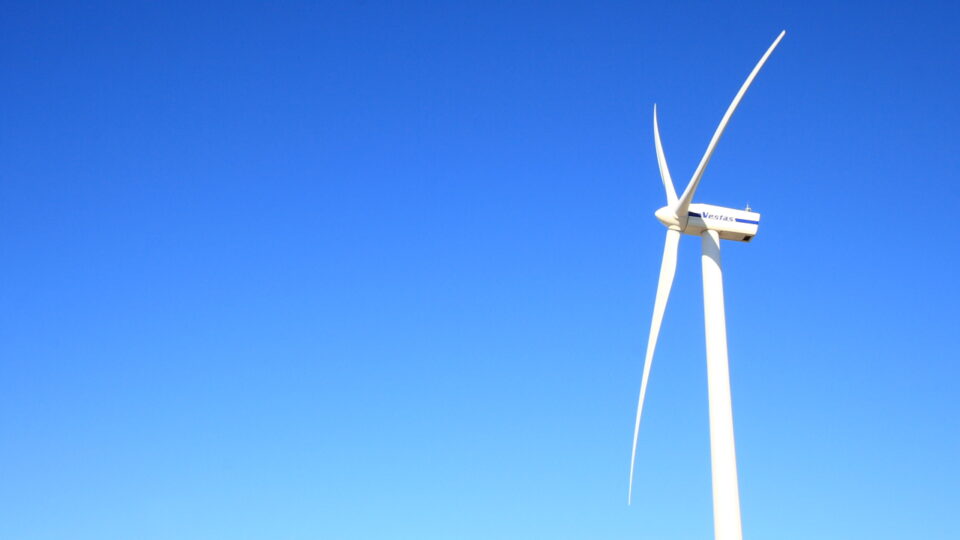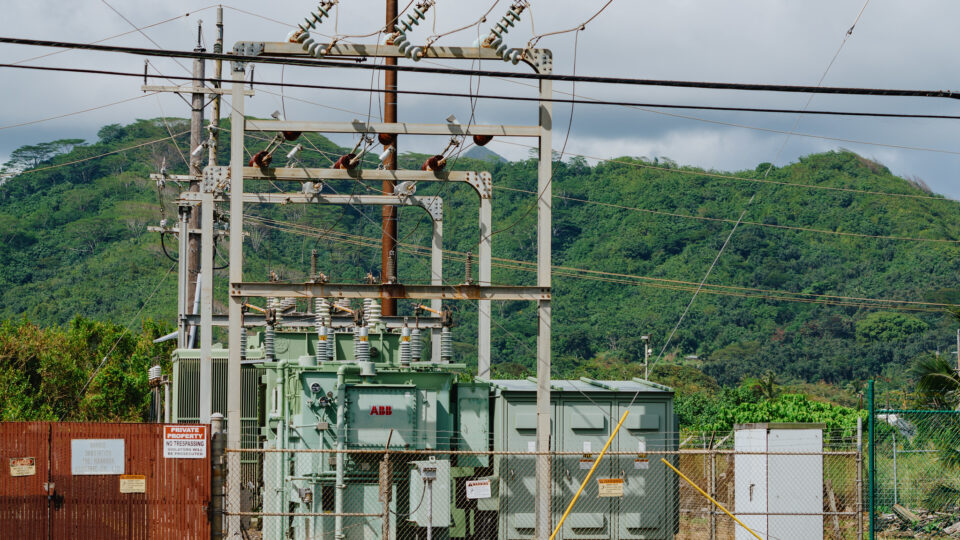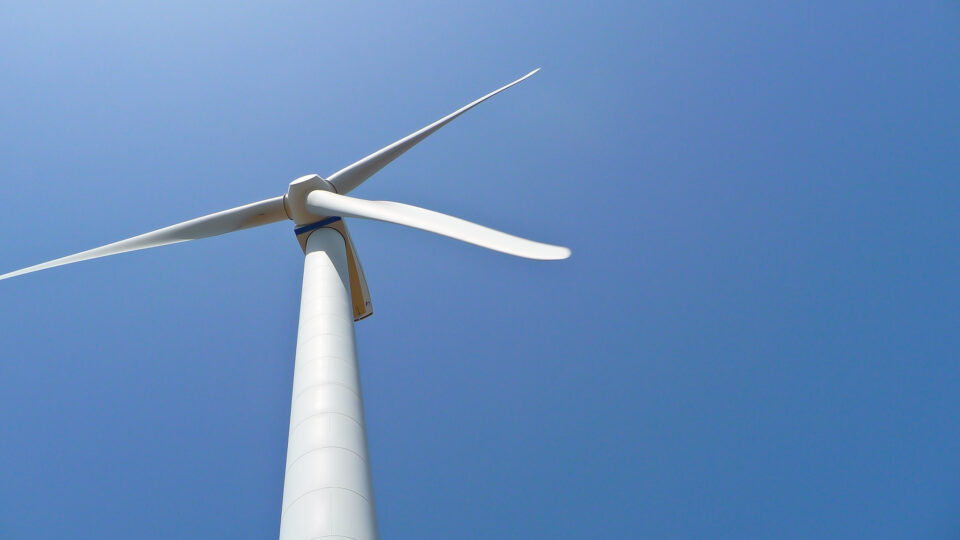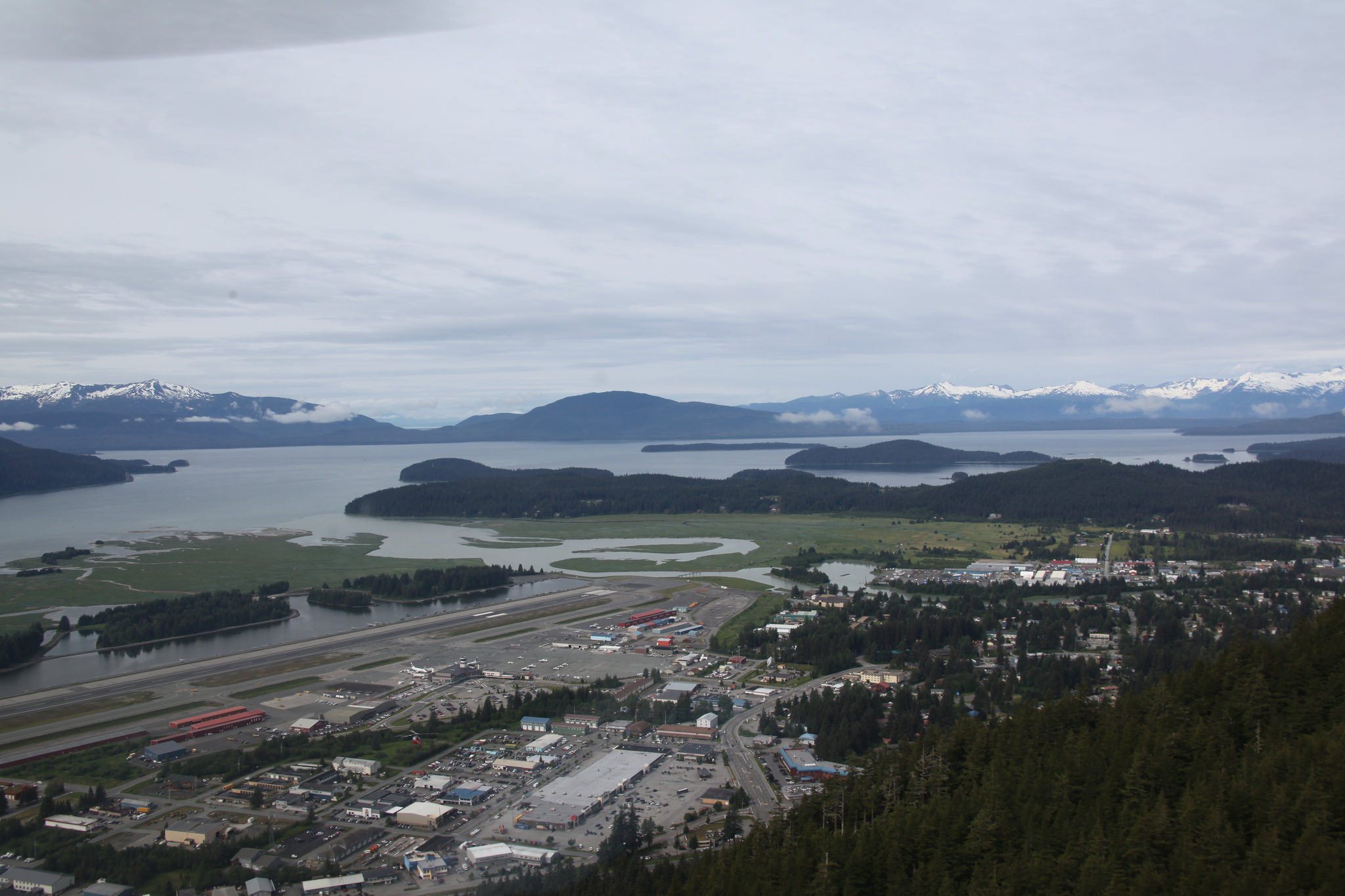When we think about wind power, we are usually talking about increasingly giant windfarms – either on land or offshore – that produce power on a utility scale. But there is also distributed wind energy, which refers to wind technologies in locations that directly support individuals, communities, and businesses.
Distributed wind can be so-called behind-the-meter applications that directly offset retail electricity usage much as rooftop solar installations do. It can also be front-of-the-meter applications where the wind turbines are connected to the electricity distribution system and supplies energy on a community scale. Distributed wind installations can range from a several-hundred-watt little turbine that powers telecommunications equipment to a 10-megawatt community-scale energy facility. As of 2020, there were nearly 90,000 distributed wind turbines in the U.S. with a total capacity of about 1 GW.
A study by the National Renewable Energy Laboratory has estimated the potential for distributed wind energy in the U.S. According to the new analysis, the country has the ability to profitably provide nearly 1,400 GW of distributed wind energy capacity.
Entire regions of the country have abundant potential. The regions with the best economic prospects have a combination of high-quality wind, relatively high electricity rates, and good siting availability. Overall, the Midwest and Heartland regions had the highest potential especially within agricultural land.
Realizing this outcome for distributed wind will require improved financing and performance to lower costs, relaxation of siting requirement to open up more land for wind development, and continued investment tax credits and the use of net metering.
**********
Web Links
U.S. has potential for 1,400 GW distributed wind energy, NREL finds
Photo, posted January 3, 2009, courtesy of skyseeker via Flickr.
Earth Wise is a production of WAMC Northeast Public Radio



